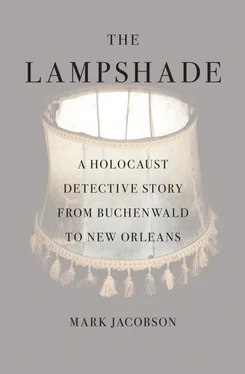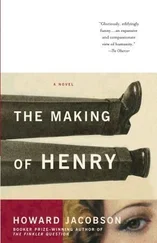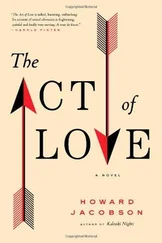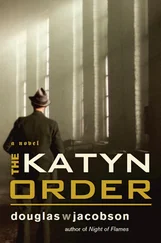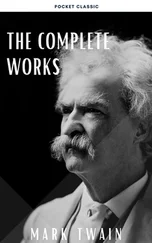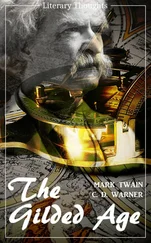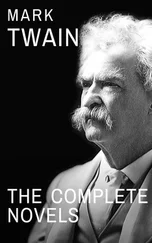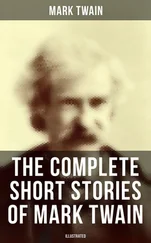No, if you were going to entertain selling a human skin lampshade, you would have to reach deeper. You would have to dip into a world like the one depicted by the ever-reliable Don DeLillo in Running Dog, a story in which the writer’s usual cast of oddly associated obsessives compete in a perverted Maltese Falcon hunt for a porno loop featuring Hitler and Eva Braun supposedly shot on that final night in the Führerbunker.
It was a sick little game, but in the interest of journalistic thoroughness, if a black market for Nazi lampshades existed, it would have to be checked out.
A couple of phone calls, arranged by a deep-sea diver I came to know while working on a story on the Miskito Coast of Nicaragua, led me to an alternately boastful and paranoidly surreptitious man named Steve. Reached at an undisclosed California locale, Steve, a purported Special Forces marine who claimed to have once ridden with Hells Angel Sonny Barger in the “five-keys-in-the-saddlebag days” and described himself as “a problem shooter” (“You hear of troubleshooting? I find a problem and I shoot it.”), said he might possibly be able to “lay off” the lampshade for me, especially with a copy of the DNA test as corroboration.
The main problem would be deciding how much to ask for. That was always the case with what Steve called “one-of-a-kind specialties.” Unlike the market for smuggled body parts, where costs were established over time and degree of desperation, a human skin lampshade was what Steve referred to as an “item of choice”; the price would depend only on how badly the buyer wanted the thing.
“How much did your friend pay for it?” Steve asked.
“Thirty-five dollars.”
“Then that’s the price,” Steve said without inflection. But in reality there was no price. Not yet. This was why it was a good thing I’d called him. “This could be something, you know. Like a Holy Grail of evil. These things are pretty rare. At least I’ve never seen one. Not a real one.” For his as-yet-undetermined 30 to 50 percent finder’s fee, he would “put out the word” and try to get a couple of collectors bidding against each other.
For argument’s sake I told Steve I didn’t want to sell the lampshade to any neo-Nazi. There was no problem with that, he said. “Those jerkoffs are lucky if they have enough cash to buy a carton of cigarettes. They’re not in the market. They read two pages of Mein Kampf, go on some websites, and are goose-stepping all over the place until the meth runs out.”
Steve had another sort of person in mind. “He’s, like, maybe sixty, loaded, lives in a big house south of Monterey. He comes in the room sweet as can be, wearing a sweater like Mr. Rogers, smoking a hand-carved pipe. His tobacco pouch is made out of a human breast. I know because my friend sold it to him. Some people are just that sick.” The guy was “pretty creepy,” Steve allowed, saying “he made me nervous, which is something because I’m the kind of individual who makes everyone nervous.
“Maybe I can get him bidding against Marilyn Manson,” Steve conjectured with a laugh. The Goth rock star had a well-documented penchant for collecting what was euphemistically called “outsider art.”
Steve stopped short. “But I’m really wasting my time here, ain’t I?”
“What do you mean?”
“Because I can tell just from talking to you that you’re never gonna sell this thing. I’m gonna get some people together and then you’re gonna tell me you got cold feet or whatever. Some bullshit story. Then how am I gonna look? My ass out there on the line? That’s bad for business, dude. So tell me, this ain’t really for sale, am I right or am I wrong?”
I had to admit Steve was right. The lampshade was not really for sale, certainly not to Marilyn Manson or some Mr. Rogers impersonator who kept his tobacco in a human breast.
“Thought so, man,” Steve said.
“Sorry.”
“No worries. You’re making the right choice. Take it from me, you don’t need this kind of karma.”
Donating the lampshade to a Holocaust museum was the “right thing” to do, Skip had said. But which Holocaust museum?
In the late 1940s a proposal to erect a modest monument commemorating the victims of the Nazi regime in Riverside Park on the Upper West Side of Manhattan, one of the most famous Jewish neighborhoods in the world, was rejected by the New York City Art Commission. Such a memorial would be “too tragic for a recreational park,” the commission said. Several Jewish-American groups concurred, saying the proposed monument would be “detrimental to the best interests of Jewry since it would stand as a perpetual reminder” of the tragic recent history of the Hebrew people.
Sixty years later such mnemonic forbearance seems unthinkable. As of 2007 there were more than a hundred major institutions worldwide identifying themselves as Holocaust museums, study centers, or memorials, all dedicated to making sure the Shoah will never be forgotten. The majority of these institutions are in the United States, as befitting the so-called Americanization of the Holocaust. Now, besides the half dozen centers in New York and Los Angeles, Holocaust museums and memorials can be found in Denver, Tampa, Dallas, Miami, New Haven, and Atlanta, as well as the more unlikely locales of Albuquerque, New Mexico; Farmington Hills, Michigan; El Paso, Texas; Terre Haute, Indiana; Richmond, Virginia; and Tucson, Arizona. The most recent addition is the $45 million Illinois Holocaust and Education Center at Skokie, site of a neo-Nazi march in the late 1970s.
Given this plethora of options, it made sense to start at the top, the United States Holocaust Memorial Museum in Washington D.C. Opened in April 1993, a few months before the release of Steven Spielberg’s watershed Schindler’s List (Bill Clinton officially proclaimed 1993 to be “the Year of the Holocaust”), the USHMM, with its prime location near the National Mall, is second only to the Air and Space Museum as a Washington tourist attraction. More than 28 million people have visited the museum, an average of 5,000 a day. Its privately raised endowment of nearly $200 million augmented by federal funding, the museum has an annual operating budget nearing $80 million, more than 400 full-time employees aided by several hundred volunteers, and a membership of 175,000. Its archive includes testimonies of nearly 200,000 survivors and their descendants, 49 million written pages, 138 million images, and 13,000 objects and artworks.
Given its size, the USHMM has more or less set the template for a post— Schindler’s List Holocaust museum experience. As if part of a solemn ritual, the visitor is taken through the forbidding, inexorable chronology. It is all here: the dramatization of Jewish life prior to the coming of the Nazis, the ominous run-up to National Socialism with recordings of Hitler’s speeches gnawing through the acoustics, the documents of the Final Solution along with displays of identity cards and yellow stars pinned to tattered coats, the interactive boxcar where the visitor can imagine the nightmare journey, the pile of shoes of the dead, the audiovisual accounts of the survivors, and finally, the contemplative moment in the Hall of Remembrance—all adding up to the impossibly sad but fervent shout of “Never again!”
Some have found fault with the USHMM’s representation of the Holocaust, charging that such institutional installations, especially ones aimed at a wider audience—the USHMM website takes pains to emphasize that 90 percent of the museum’s visitors “are not Jewish”—are, by definition, emotionally manipulative. Much the same was said about Schindler’s List, which film critic J. Hoberman memorably called “the ultimate feel-good movie about the ultimate feel-bad experience.” But whatever the overall goal of places like the USHMM and its rival Yad Vashem in Jerusalem, there is no denying the visceral effectiveness of the assemblage, the sheer nonstop volume of it. In this onslaught of overwhelming heartbreak, however, one thing that will not be shown to the weeping visitor is the Buchenwald lampshade.
Читать дальше
